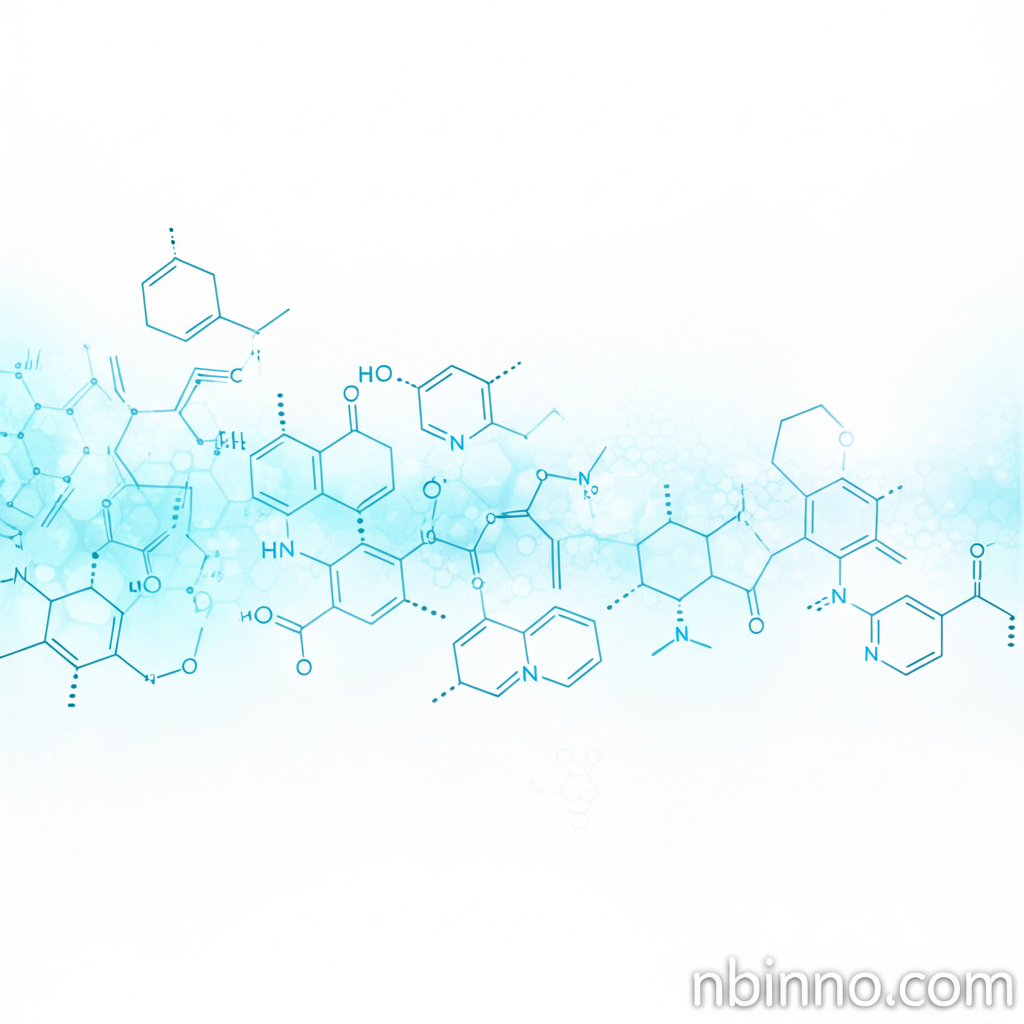Explore 1-(2-Propyn-1-yloxy)-4-(1,2,2-triphenylethenyl)benzene: A Key Intermediate for Advanced Materials
Discover the unique properties and applications of this critical organic compound for your research needs.
Get a Quote & SampleProduct Core Value

1-(2-Propyn-1-yloxy)-4-(1,2,2-triphenylethenyl)benzene
This compound, with CAS number 1644078-88-5 and molecular formula C29H22O, is a crucial building block in organic synthesis and material science. Its unique structure makes it a valuable precursor for advanced materials like Metal-Organic Frameworks (MOFs) and Covalent Organic Frameworks (COFs).
- Discover the synthesis of 1-(2-Propyn-1-yloxy)-4-(1,2,2-triphenylethenyl)benzene and understand its role in creating novel chemical structures.
- Learn about the key properties of 1-(2-Propyn-1-yloxy)-4-(1,2,2-triphenylethenyl)benzene, including its predicted boiling point and density, essential for experimental planning.
- Investigate the diverse applications of 1-(2-Propyn-1-yloxy)-4-(1,2,2-triphenylethenyl)benzene in fields ranging from electronics to catalysis.
- Understand why this molecule is a sought-after MOF linker and a valuable component in developing porous materials.
Key Advantages
Versatile Organic Synthesis
Leverage the versatility of triphenylethylene derivatives like this compound for complex organic synthesis projects.
Advanced Material Development
Utilize this molecule as a fundamental building block for creating cutting-edge materials with tailored properties, such as those used in MOF construction.
Reliable Chemical Intermediates
Source high-quality organic chemistry intermediates for your research and development, ensuring consistent results and purity.
Key Applications
Material Science Research
Explore the applications of 1-(2-Propyn-1-yloxy)-4-(1,2,2-triphenylethenyl)benzene in creating novel materials with unique structural and electronic properties.
MOF and COF Synthesis
This compound serves as an excellent precursor, acting as a crucial MOF linker for the construction of porous crystalline materials with diverse functionalities.
Organic Electronics
Its tetraphenylethylene structure suggests potential use in organic light-emitting diodes (OLEDs) and other optoelectronic devices, making it a key component in organic electronic materials.
Catalysis and Adsorption
The unique chemical structure can be exploited in the development of advanced catalysts or materials for gas adsorption and separation, contributing to innovations in these fields.
